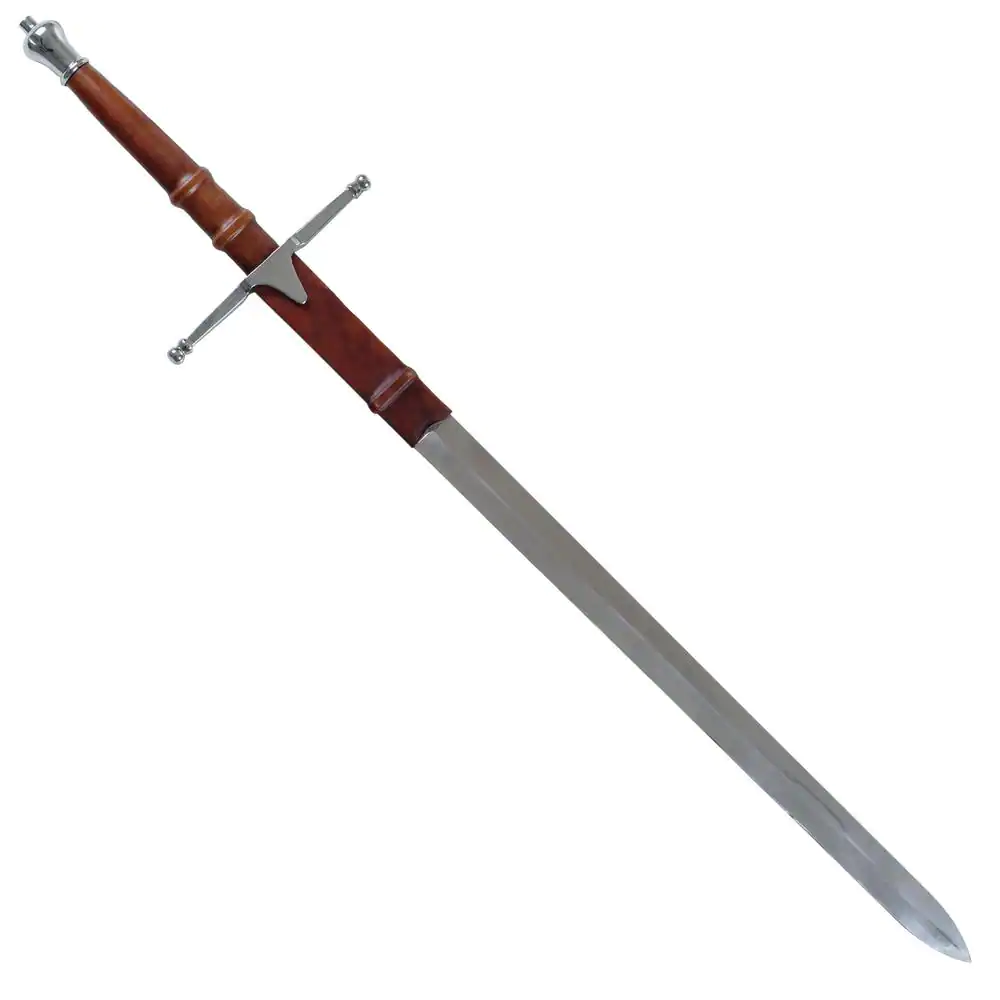There is no contending the excellence and worship of a hand-made Katana. Their exquisite and explicit plan has been poured over in motion pictures and writing. Scandalous for having the option to chop down an adversary all at once, Katana swords are quite possibly of the most sought after verifiable weapon on the planet. Katanas, likewise alluded to as samurai swords, are generally produced using hand. Japanese smithy producers would shape metal in a hot fashion with fine accuracy to prepare fight swords. Katana fans have kept up the deep rooted blacksmithing process despite mechanical metallurgy propels. Making these swords is difficult however with a little direction any fledgling craftsman can take a shot at designing their very own Katana. Whenever you have arranged your fashion, take a long piece of steel and intensity it up. On the off chance that you are simply beginning, you will need to get the ball rolling with tanto measured bar of AISI 1050 steel.

This will make a Katana of blade size. When you get the hang of things you can endeavor a standard Katana. Warm your bar of steel till it gleams orange and red. The intensity will make the steel adequately delicate to pound down katana zoro enma. Overcooking your metal bar might demolish your work. You will realize things are getting too hot when the bar consumes yellow or white. Assuming you see starts, that is bits of steel being consumed with extreme heat. Level out your piece of metal by pounding it down on one side. Then, you will need to make the tip of your Katana. To do this, heat the side of the bar you maintain that the tip should be. When it is totally warmed in the fashion, hammer off a slanting piece. The corner to corner ought to make a sharp tip on your steel bar. Subsequently, get through the lawyer’s exam and lay it on its edge with the tip pointing towards the roof. Hammer down the point till it is solidly lined up with the bar’s spine. This will make a sharp edge and immediate the steel’s grain. Keep leveling the edge on the two sides till the metal turns out to be slender.
Subsequent to documenting your tang, lower your sharp edge in vermiculite for eight hours. Vermiculity is a saw dust like material that is famous among smithies for cooling metal. The name comes from the vibe of the material which looks like vermicelli pasta. When your edge is effectively cooled, you can start covering your Katana with mud. The dirt used to cover samurai swords is a combination of red ceramics earth, sodium hydroxide and some water. This is ground down and painted on half of the sharp edge’s surface. Put on a layer of something like two millimeters and make a point not to trap in any air pockets or imprints. Once covered, heat the edge until the sword has a low red shine. Ensure you do not overheat the Katana at this step. In the event that you experience difficulty seeing the red shine, faint the lights or utilize a dim container.